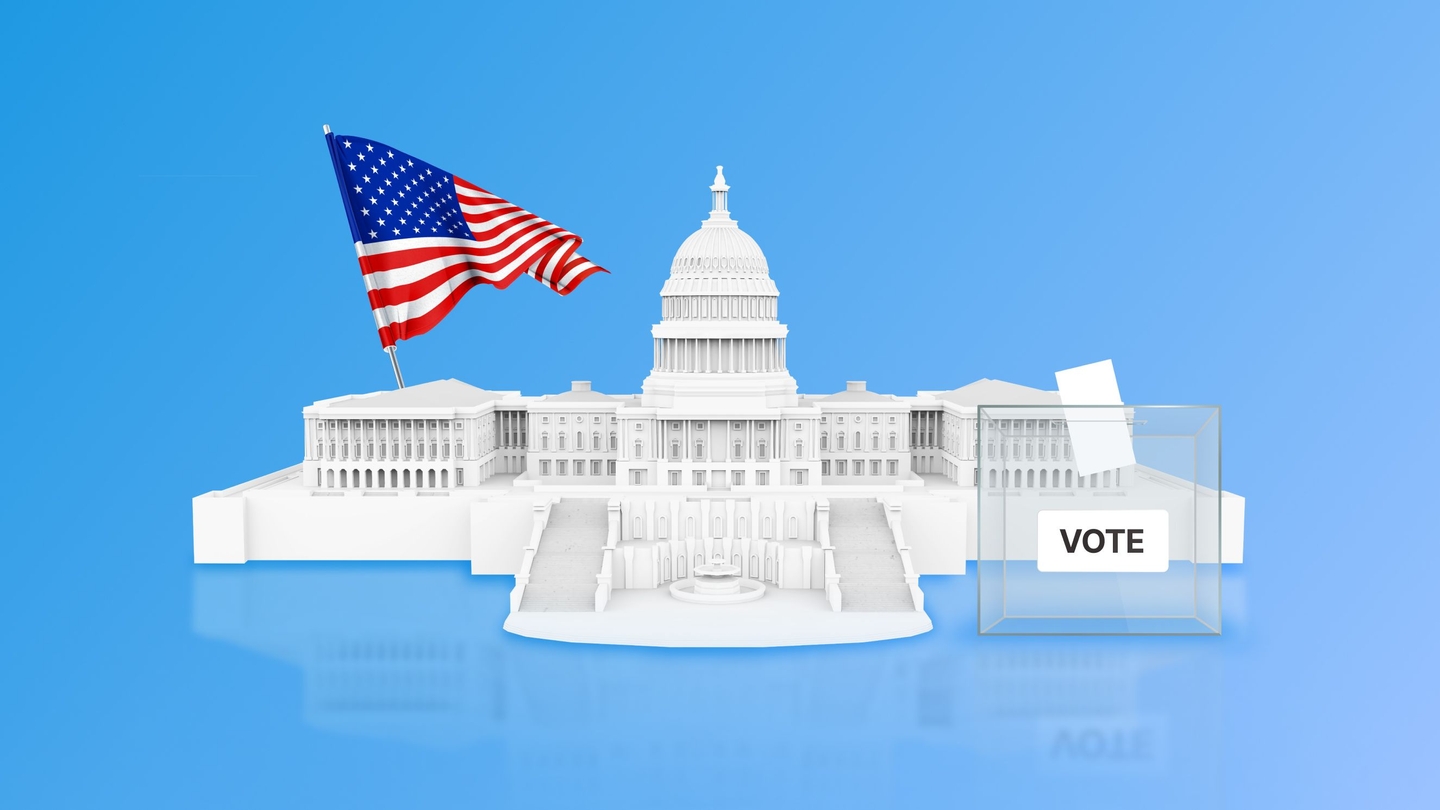Midterm Elections in the US: What to Expect in the Stock Markets
Every four years on the first Tuesday of November, the United States holds its Congressional Elections. The voting is held every two years in the middle of the president’s four-year term of office. Hence the name - midterms. November 8th, 2022, was the day of the US Midterms.
Hundreds of Federal offices were up for grabs in these elections, including all 435 seats in the US House of Representatives. 35 of the 100 seats in the Senate.
Although it was expected that the Republicans would snatch House seats in a ‘red wave’, it was a lot more of a close call. Nonetheless, they flipped enough seats and won the majority for the House of Representatives. Democrats retained control of the Senate.
But what does all of this mean for the financial markets?
Historical Effect of Midterm Elections on Market Performance
Historically speaking, the outcome of these elections has a huge impact on the markets. That’s because the party that gains control will have a huge say in future fiscal policy decisions.
According to Reuters, under a Democrat president, the average annual S&P returns have been higher. When Congress was either split or under full control of the Republicans. So, on the one hand, the markets are likely to celebrate that Congress is split.
On the other hand, a divided government could also pave the way for partisan stand-offs. It is over raising the federal debt limit which could usher in worries of a US default.
What can investors expect from the 2022 Midterm Elections?
The election results could potentially be a good sign for the markets but 2022 has been a very intense year. Very high inflation, rapidly increasing interest rates, and a volatile stock market have left us all wondering about the effect of the elections on the stock market.
Typically, the real stocks market sees a lot of volatility in the days leading up to the election. But also, in the period after the election. For example, in 2010, the DowJones dropped as low as 1,000 points before it bounced back to a negative 350 points. But at the same time, the S&P usually sees a turn to the upside following the elections. This is likely to be because of the expected influx of government spending - an unlikely scenario for 2022.
This year, the markets have remained relatively calm leading up to the midterms. Investors seem to be a lot more cautious or uncertain. In the case of the 2022 midterms, it appears that the stock markets are hoping for a split government. A 50/50 division would likely benefit the equities market. Congress would have a hard time passing new policies. It now creates more opportunities for the stock market to bounce back from its slump.
Major US indices saw some gains yesterday, but it’s safe to assume that those were related to better-than-expected earnings. Companies like Cisco and Nvidia boosted the markets.
To sum up
Political gridlock is a very likely scenario for the future. But ultimately, it’s policy and not politics that has the most impact on the markets and economy.
There is no indication that the midterms will have any immediate impact on the markets. But we’ll just have to wait and see what happens when the markets reopen.


